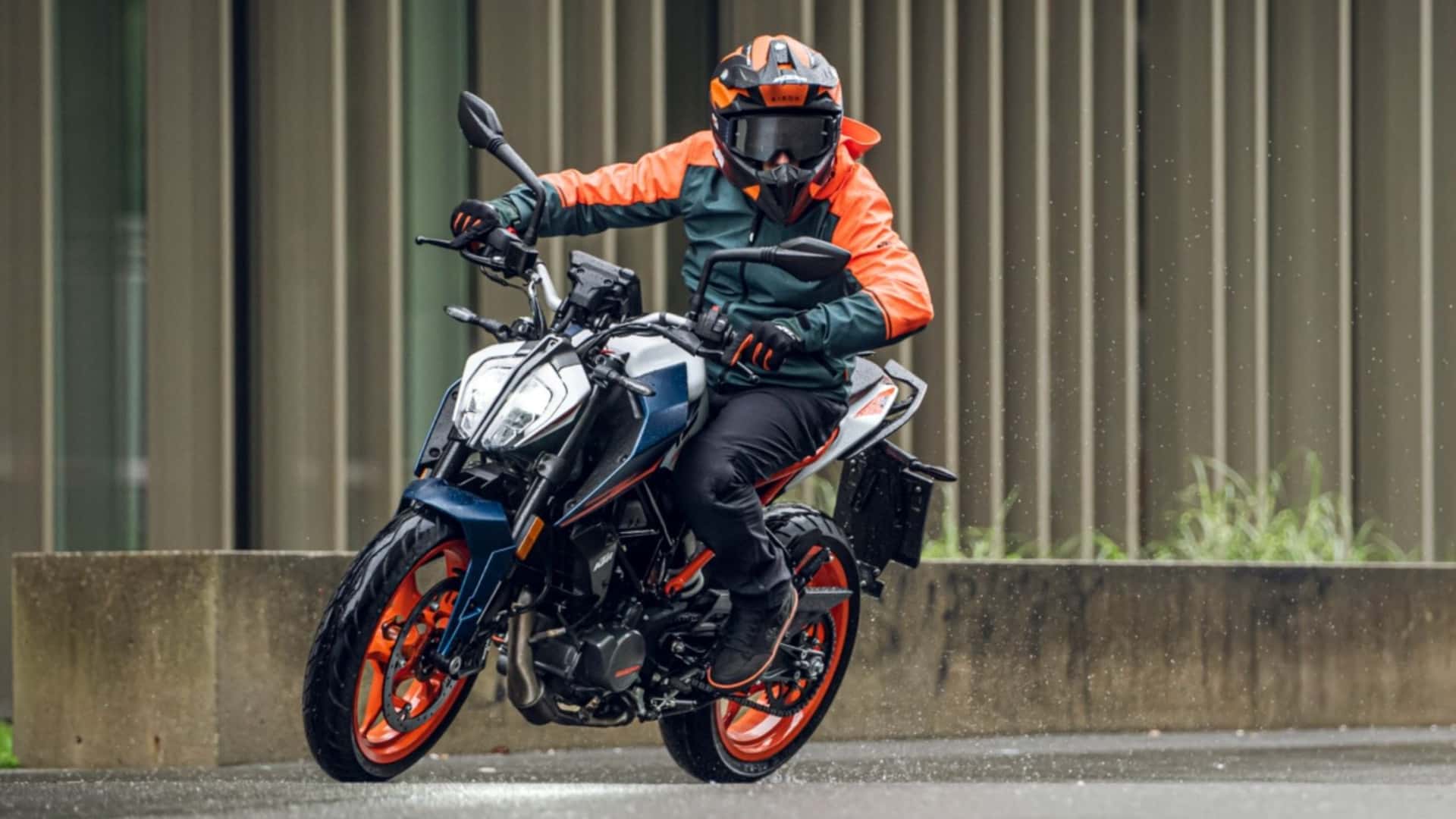Get Excited: The KTM 160 Duke Could Be the Ultimate Beginner Bike

A New Era for KTM’s Entry-Level Models
KTM has long been known for its high-performance motorcycles, but the brand's journey into the entry-level segment has been a significant one. With Bajaj now holding a majority stake in the company, the focus on affordable and accessible bikes has taken center stage. This shift is not just about making money—it’s about creating a loyal rider base that can eventually move up to more powerful models.
For many riders, the KTM Duke range represents more than just a street-legal machine. It's often their first real taste of European engineering and performance. In the Philippines, for example, the Duke series was a gateway to the world of advanced motorcycle technology. The first-generation 200 Duke was a game-changer, offering comparable performance to Japanese naked bikes at a similar price point—around $3,000 USD. This affordability wasn’t accidental; it was a result of Bajaj’s role in manufacturing the smaller Dukes in India, which made them more accessible to local riders.
The 160 Duke: A Spiritual Successor
The latest addition to the Duke family, the 160 Duke, feels like a natural evolution of the 125 and 200 Dukes. Powered by a 164.2cc liquid-cooled single-cylinder engine, it produces 19 horsepower at 9,500 rpm and 11.4 pound-feet of torque at 7,500 rpm. The chassis features KTM’s signature split trellis frame with a cast swingarm, paired with WP Apex upside-down forks and a WP monoshock rear suspension. Stopping power comes from a 320mm front disc and a 230mm rear disc, along with dual-channel ABS and an off-road mode. Even more impressive is the 5-inch LCD display that offers smartphone pairing, navigation, and controls for calls and music—features typically found on higher-end models.
A Strategic Shift for KTM
The introduction of the 160 Duke marks a turning point for KTM. Small-displacement models are no longer an afterthought—they’re a central part of the brand’s strategy. This change is largely due to Bajaj’s investment, which included injecting 800 million euros (about $875 million) into KTM and taking majority control. This financial backing has allowed KTM to refocus on the bikes that drive sales volume and keep riders engaged.
In regions like Asia and parts of Europe, small-displacement models are the true revenue generators for KTM. They attract new riders, build brand loyalty, and serve as a stepping stone to larger machines. When KTM shifted its focus away from these models, it was a misstep. However, Bajaj’s understanding of the market has brought things back on track.
The Road Ahead
Despite KTM still carrying several hundred million euros in debt, the company’s future looks promising under Bajaj’s leadership. The 160 Duke could be more than just a beginner-friendly bike—it could become an aspirational model in markets where passion for motorcycles is strong, but buying power is limited. Countries like the Philippines, Thailand, and Indonesia represent huge potential for KTM if it continues to prioritize accessibility and innovation.
From a personal perspective, the 160 Duke isn’t just another model in the lineup. It symbolizes a renewed commitment to the entry-level segment and a return to the values that made KTM popular in the first place. If this trend continues, the smallest bikes in KTM’s lineup might finally receive the attention they deserve.

Comments
Post a Comment